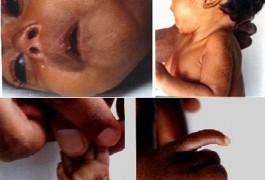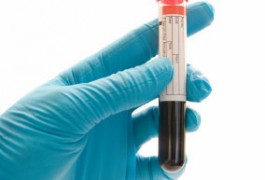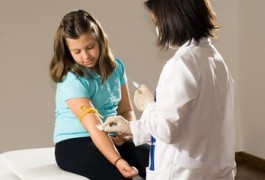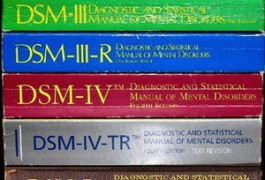Cognition and behavior: Rare syndrome distinct from autism
Individuals with Cornelia de Lange syndrome, a rare genetic disorder often accompanied by autism, have subtle differences in the nature of their social deficits compared with those who have autism alone, according to a report published 10 April in the Journal of Child Psychology and Psychiatry.








